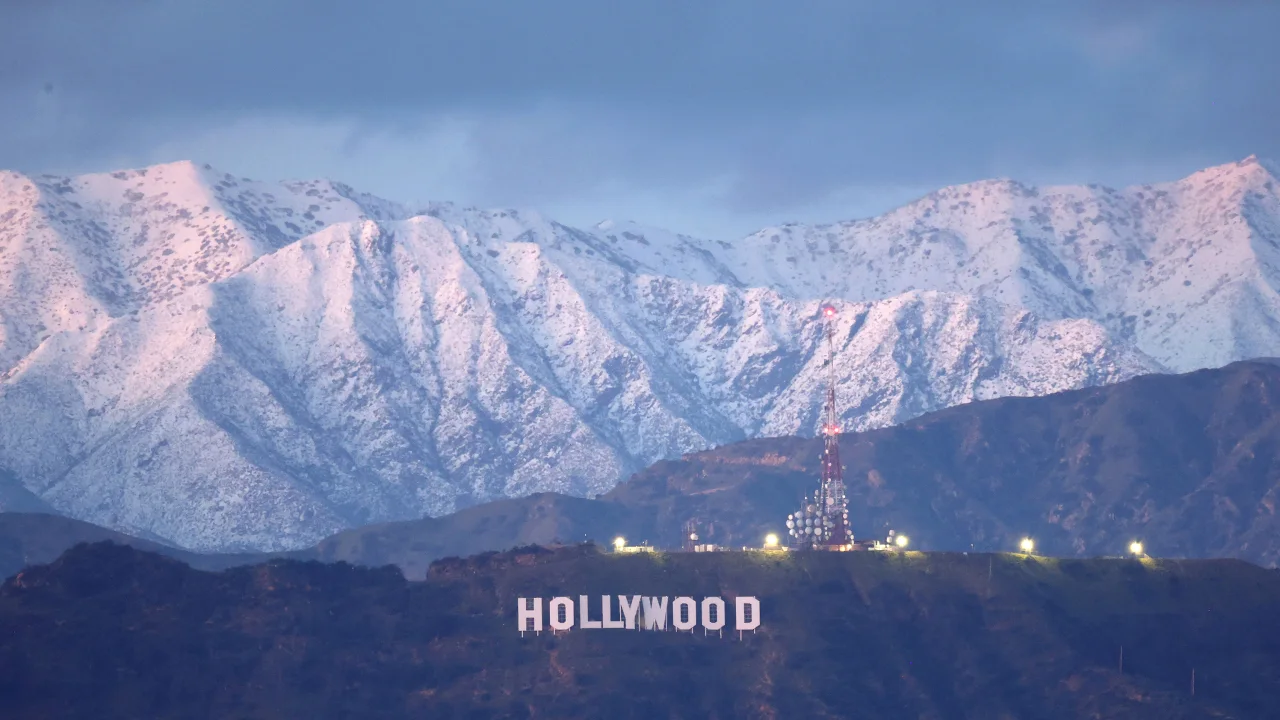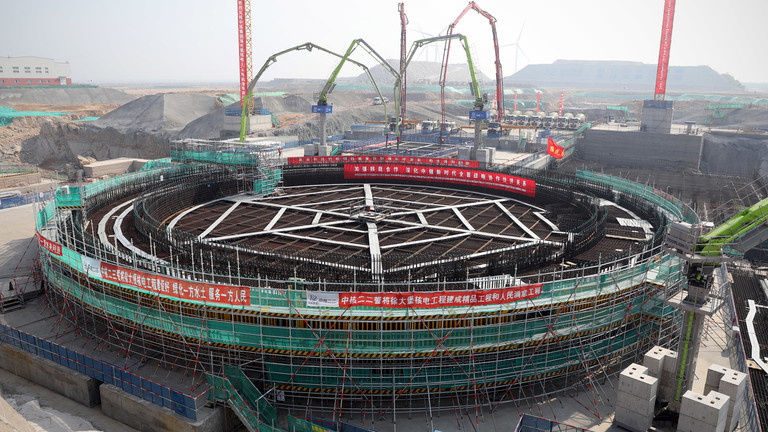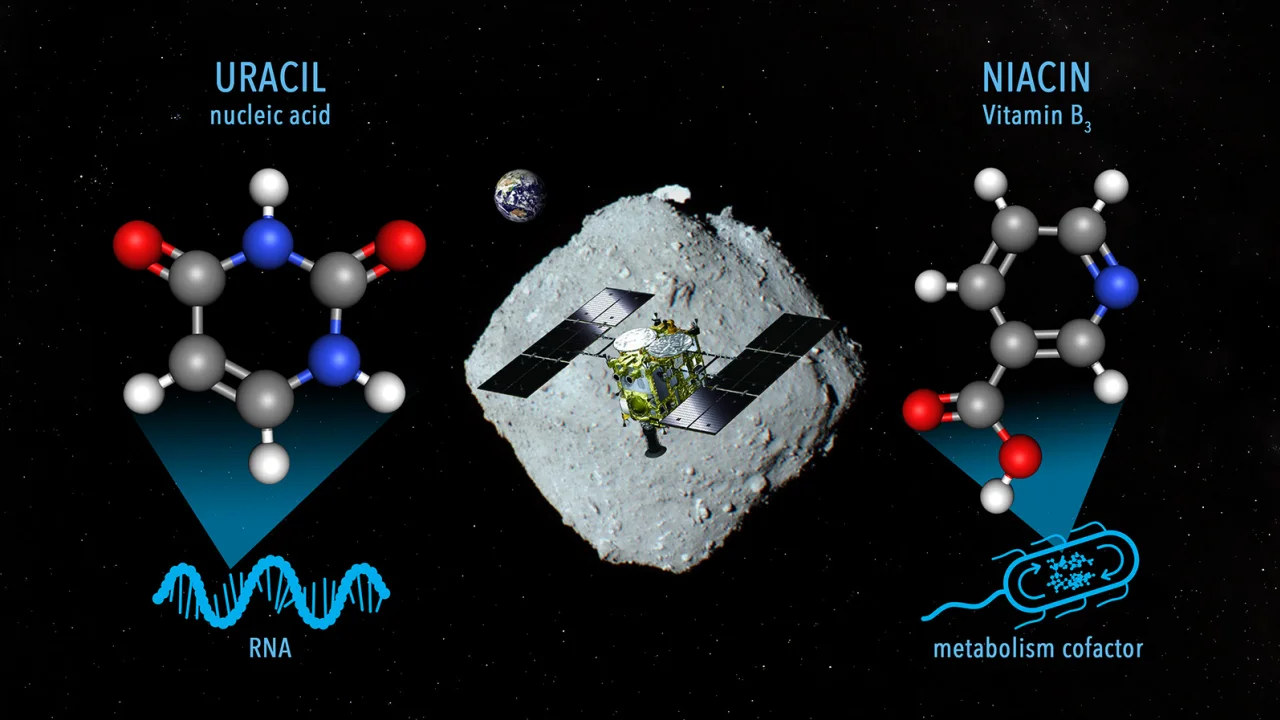The state of California's drought after an epic winter, with record snowpack and nearly full reservoirs.
March 27, 2023Tweet

California has faced an onslaught of powerful, atmospheric river storms this winter, which has led to record-breaking snowpack, nearly full reservoirs and overflowing watersheds. At this time last year, all of California was caught in a drought, but according to the latest US Drought Monitor released Thursday morning, just over a third of California remains in some level of drought. Snowpack, which serves as a natural reservoir that eases the drought, has largely reached an all-time record high, and the state's largest reservoirs have been replenished and are way past its historical averages. However, groundwater reserves are still having a hard time recovering, even with all the rain. Climate researchers have said it's the lack of precipitation, higher temperatures and an increase in evaporative demand that had pushed the West's drought into historic territory, so these storms were desperately needed. Los Angeles has received more than 24 inches of rain since October 1, which is nearly 200% of normal for the time period. The California Department of Water Resources reported that the state is seeing more than double what they normally see on April 1, when the state surveys the snowpack to forecast the year's water resources. San Francisco, Oakland, Sacramento, Stockton and Fresno have also seen 150% to 200% of their normal rainfall since then. The Southern Sierra now stands at 283% of normal and has never been higher since official record-keeping began in the 1950s. The Central Sierra is at 231% of normal, which is almost at record high, and may reach that point soon after this most recent atmospheric river storm. The barrage of storms has also increased soil moisture, which is good for California's severely parched vegetation. Brad Rippey, meteorologist with the US Department of Agriculture, said the acres of land that have been fallowed due to the drought should decrease in California for the 2023 growing season due to improved water allocations. However, some areas along the Salinas and Pajaro Rivers may not be planted in 2023 due to soil contamination, pathogenic testing or simply missing the appropriate window for planting. Nearly full reservoirs will help the state's reservoirs in the short-term, which have for several years been running at critically low levels. This record snowpack is good for reservoir storage since the snowpack stores water through the winter months and slowly releases it through the spring and summer melting season. The months of deluge have helped raise the levels in the state's largest reservoirs, Shasta Lake and Lake Oroville, bringing them back to historical averages. The California Department of Water Resources reported that end-of-February storage in 154 primary intrastate reservoirs is effectively normal for the end of winter, but storage does not yet include the amazing snowpack that will melt in coming months. The snowpack is going to benefit those reservoirs, as opposed to melt in the spring, but it will be a challenge to manage all this snowpack. Andrew Schwartz, lead scientist at the Berkeley Central Sierra Snow Lab, previously told CNN that he is "cautiously optimistic" that all this snow will go far to alleviate the state's reservoir concerns. The situation in the drought-stricken Colorado River Basin remains dire, with Lake Powell and Lake Mead hovering at or near record-low levels. However, it could improve in the coming months as snowpack levels rise in the region. Experts remain concerned about the state's groundwater aquifers, which are a major source of water for residents, agriculture and industry. Daniel Swain, a climate scientist with the University of California in Los Angeles, previously told CNN that even with a huge winter like this, it won't solve the groundwater problem. There are nearly 200 groundwater monitoring sites in California, all of which show a variety of conditions from complete recovery to partial recovery of groundwater reserves. Complications include decades of over-pumping of groundwater, leading to land subsidence and decreased groundwater storage capability. Experts have suggested that California could harness all of the rainfall to help replenish groundwater by letting the land flood in a controlled way, instead of being channeled through levees, rivers and reservoirs. Peter Gleick, a climate scientist and co-founder of the Pacific Institute in Oakland, previously told CNN that we have to learn to live with floods and that the Western spigot of rain and snow will likely turn off come April. Water officials in California say that while the record-high snowpack and nearly full reservoirs are good news for the state, snow measurements on April 1 are considered the most important when it comes to forecasting the year's water resources.
Central-sierra California Cnn Usda Years
Comments
Related news

China launches joint naval exercises with Iran and Russia
Read more
More than 4,300 dead in Turkey and Syria after strong quake
Read more
After being questioned about "Partygate," Boris Johnson is no longer in significant political peril.
Read more
Russian and Chinese commerce in dollars is declining, according to Reuters
Read more
Florida Atlantic defeats Kansas State, advancing to the school's first Final Four.
Read more
Mike Pence testifies in the Trump and Capitol riot criminal investigation
Read more
Long-term nuclear agreement signed by Russia and China
Read more
A record low of 100,000 to the dollar is reached by the lebanese pound: dealers
Read more
Bed Bath & Beyond and Old Navy are being replaced by pickleball in malls.
Read more